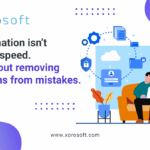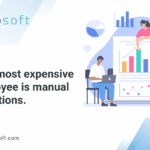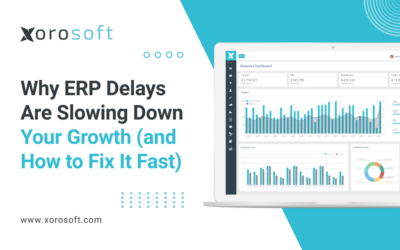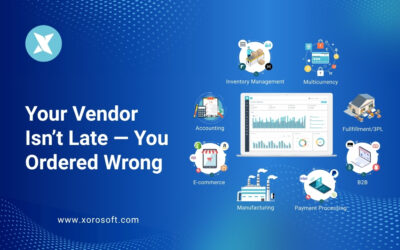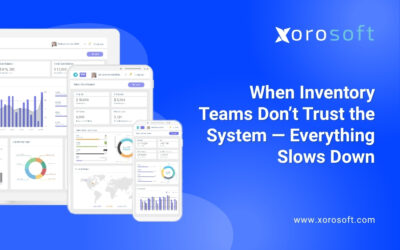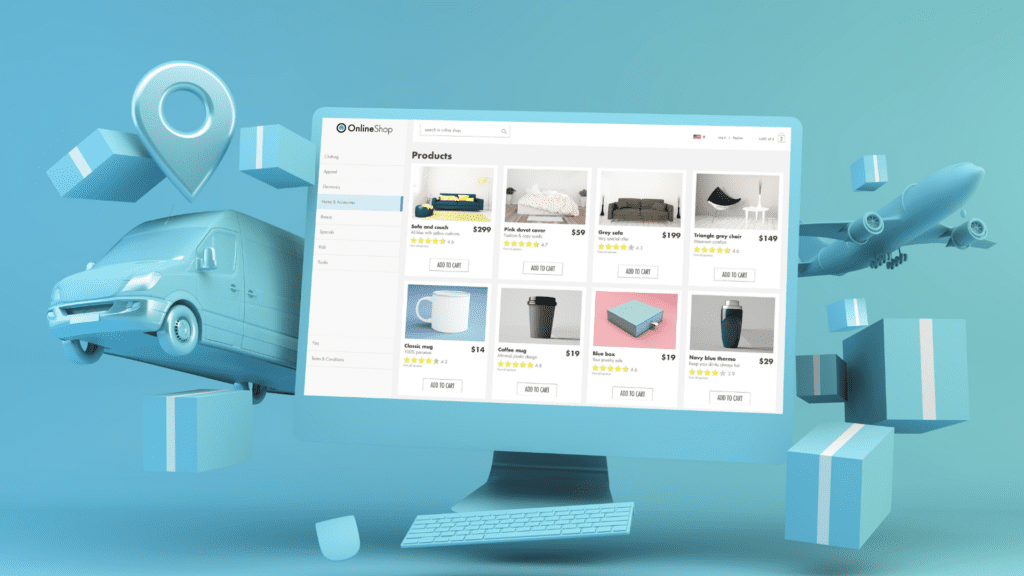
As an ecommerce business, it is important to monitor and measure your success. Doing so will help you identify areas for improvement and track progress over time. To help with this, there are twenty key performance indicators (KPIs) that you should be tracking and measuring. These KPIs include conversion rate, shopping cart abandonment rate, average order value, cost per acquisition, customer retention rate, lifetime value, visitor traffic volume, bounce rate, session duration, search traffic volume, organic traffic conversion rate, mobile traffic volume, mobile conversion rate, referral traffic volume, referral conversion rate, email subscriber rate, email open rate, email click rate, social media engagement rate, and social media referral traffic volume. By monitoring these KPIs, you can gain valuable insights into the performance of your ecommerce business and make informed decisions to help drive growth and success.
20 KPIs to Monitor for Measuring Ecommerce Success
1. Conversion Rate: How many visitors are converting into customers?
Conversion Rate: Total Number of Conversions / Total Number of Visitors * 100
2. Shopping Cart Abandonment Rate: How many shoppers abandon their carts before completing a purchase?
Shopping Cart Abandonment Rate: Total Number of Shopping Cart Abandonments / Total Number of Shopping Carts * 100
3. Average Order Value: How much is the average customer spending per purchase?
Average Order Value: Total Revenue / Total Number of Orders
4. Cost Per Acquisition: How much does it cost to acquire a new customer?
Cost Per Acquisition: Total Advertising and Promotion Costs / Total Number of New Customers
5. Customer Retention Rate: How many customers are returning to make repeat purchases?
Customer Retention Rate: (Total Number of Returning Customers / Total Number of Active Customers) * 100
6. Lifetime Value: How much value does each customer generate over their lifetime?
Lifetime Value: (Average Order Value * Average Number of Orders per Customer) * Average Customer Lifetime
7. Visitor Traffic Volume: How much overall website traffic is your business receiving?
Visitor Traffic Volume: Total Number of Visitors
8. Bounce Rate: How many visitors are leaving your website after viewing one page?
Bounce Rate: (Total Number of Single Page Visits / Total Number of Visits) * 100
9. Session Duration: How long are visitors staying on your website?
Session Duration: Total Time Spent on Website / Total Number of Visits
10. Search Traffic Volume: How much organic search traffic is your website receiving?
Search Traffic Volume: Total Number of Visits from Search Engines
11. Organic Traffic Conversion Rate: How well is your organic search traffic converting into customers?
Organic Traffic Conversion Rate: (Total Number of Conversions from Organic Search / Total Number of Visits from Organic Search) * 100
12. Mobile Traffic Volume: How much mobile traffic is your website receiving?
Mobile Traffic Volume: Total Number of Visits from Mobile Devices
13. Mobile Conversion Rate: How well is your mobile traffic converting into customers?
Mobile Conversion Rate: (Total Number of Conversions from Mobile Devices / Total Number of Visits from Mobile Devices) * 100
14. Referral Traffic Volume: How much referral traffic is your website receiving?
Referral Traffic Volume: Total Number of Visits from Referrals
15. Referral Conversion Rate: How well is your referral traffic converting into customers?
Referral Conversion Rate: (Total Number of Conversions from Referrals / Total Number of Visits from Referrals) * 100
16. Email Subscriber Rate: How many visitors are subscribing to your email list?
Email Subscriber Rate: Total Number of Subscribers / Total Number of Visitors * 100
17. Email Open Rate: How many emails are being opened by your subscribers?
Email Open Rate: (Total Number of Emails Opened / Total Number of Emails Sent) * 100
18. Email Click Rate: How many emails are being clicked by your subscribers?
Email Click Rate: (Total Number of Emails Clicked / Total Number of Emails Opened) * 100
19. Social Media Engagement Rate: How much engagement is your business receiving from social media platforms?
Social Media Engagement Rate: (Total Number of Likes, Shares, and Comments / Total Number of Posts) * 100
20. Social Media Referral Traffic Volume: How much referral traffic is your website receiving from social media platforms?
Social Media Referral Traffic Volume: Total Number of Visits from Social Media Platforms
Conclusion
In conclusion, the success of any ecommerce business depends on their ability to monitor and measure key performance indicators. By measuring the twenty important KPIs listed above, businesses can gain valuable insights into the performance of their ecommerce platform and make informed decisions to help drive growth and success. Furthermore, tracking these KPIs over time will allow businesses to identify areas for improvement and track progress.
Additionally, An Enterprise Resource Planning (ERP) system like Xorosoft can improve many of the KPIs listed above, particularly those related to customer retention. This is because improved fulfillment of orders is key to customer retention. An ERP system can help streamline and automate order fulfillment processes, ensuring that orders are accurately filled and shipped on time. This can help reduce the shopping cart abandonment rate and improve customer retention, as customers are more likely to return when they receive orders quickly and accurately. Additionally, an ERP system can help reduce costs related to order fulfillment, which can improve the cost per acquisition and lifetime value KPIs.



